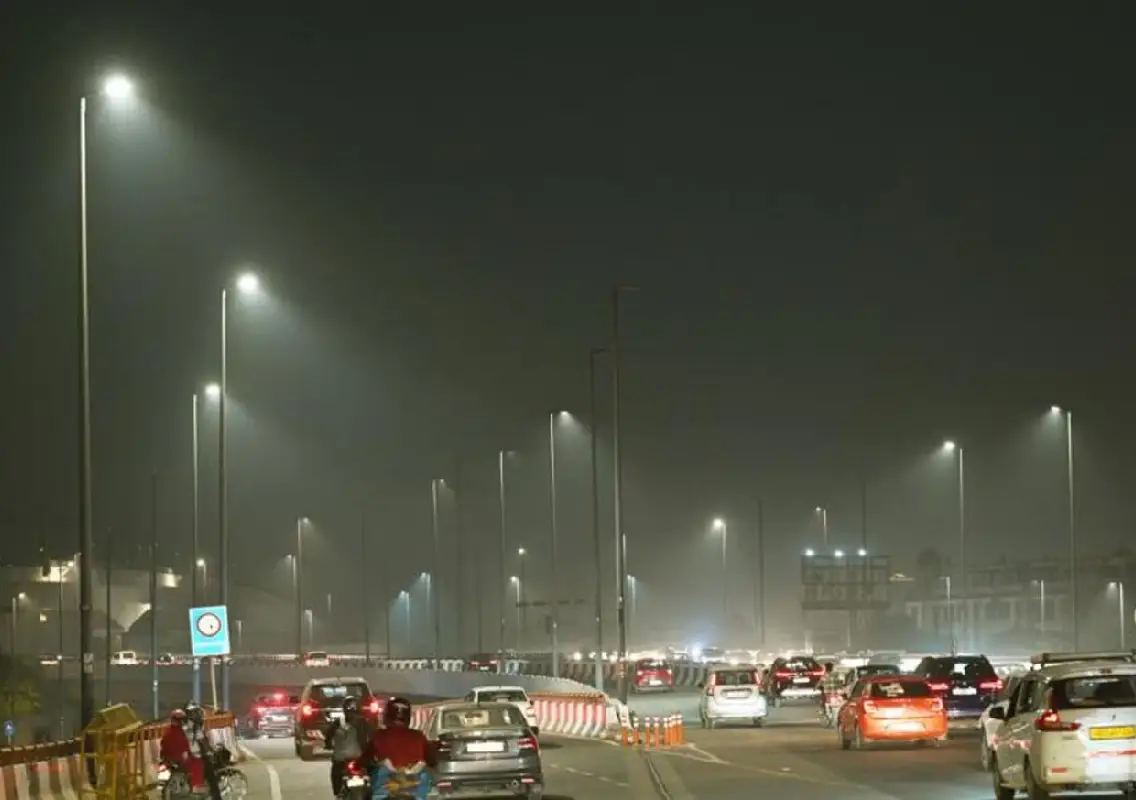Copyright newskarnataka

The air quality in the national capital deteriorated to the “very poor” category on Sunday, raising concerns as the pollution levels continue to inch higher with the onset of winter. Official data from the Central Pollution Control Board (CPCB) and the Air Quality Early Warning System indicate that the air quality is expected to remain poor in the coming days. AQI crosses 300-mark in Delhi According to the CPCB’s daily bulletin, Delhi’s 24-hour average Air Quality Index (AQI) stood at 301 at 4 p.m. on Monday, compared to 315 a day earlier. While the value dipped slightly, it still falls within the “very poor” category on the AQI scale. An AQI between 301 and 400 is considered “very poor,” a level that can cause respiratory issues for people with prolonged exposure. The CPCB noted that a higher AQI value indicates increased air pollution and potential health risks. Forecast indicates continued poor air quality The Central government’s Air Quality Early Warning System for Delhi stated in its daily forecast that the city’s air quality is likely to remain poor over the next several days. “The air quality is very likely to be in the ‘poor’ category from October 28 to October 30, 2025. The outlook for the subsequent six days indicates that the air quality is likely to fluctuate between the ‘poor’ and ‘very poor’ categories,” the bulletin said. Officials attributed the decline to a combination of local emissions, reduced wind speed, and increased moisture content, which prevent pollutants from dispersing. Seasonal crop residue burning in neighbouring states and rising vehicular emissions have also added to the pollution levels. Authorities step up measures With the AQI slipping into the “very poor” range, authorities have begun stepping up pollution control measures under the Graded Response Action Plan (GRAP). These include restrictions on construction and demolition activities, intensified checks on vehicular emissions, and increased street cleaning efforts. Citizens have been advised to avoid prolonged outdoor activities, especially early in the morning and late at night when pollution levels are highest. Schools and offices have been urged to promote mask use and encourage remote working if necessary. Situation likely to remain grim Experts have warned that the air quality may continue to worsen in the coming weeks as temperatures drop and wind movement slows further. The period from late October to November typically witnesses a spike in pollution levels due to weather conditions and festival-related emissions. The Delhi government is expected to hold review meetings with environment and health officials to assess the situation and consider additional emergency measures if the pollution levels persist.



